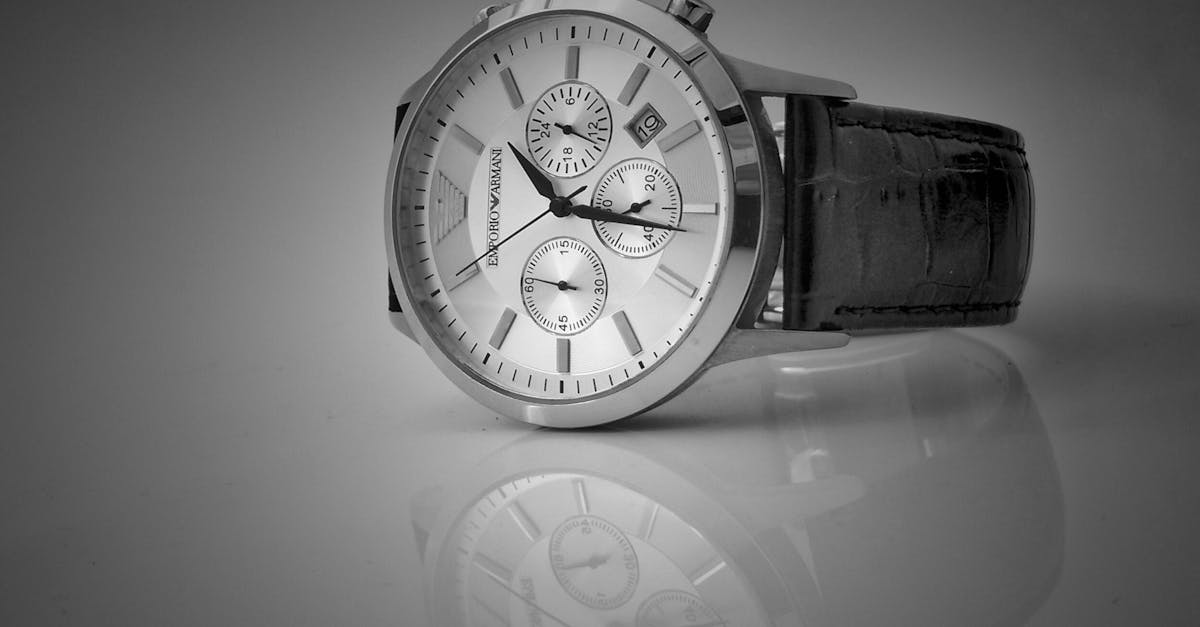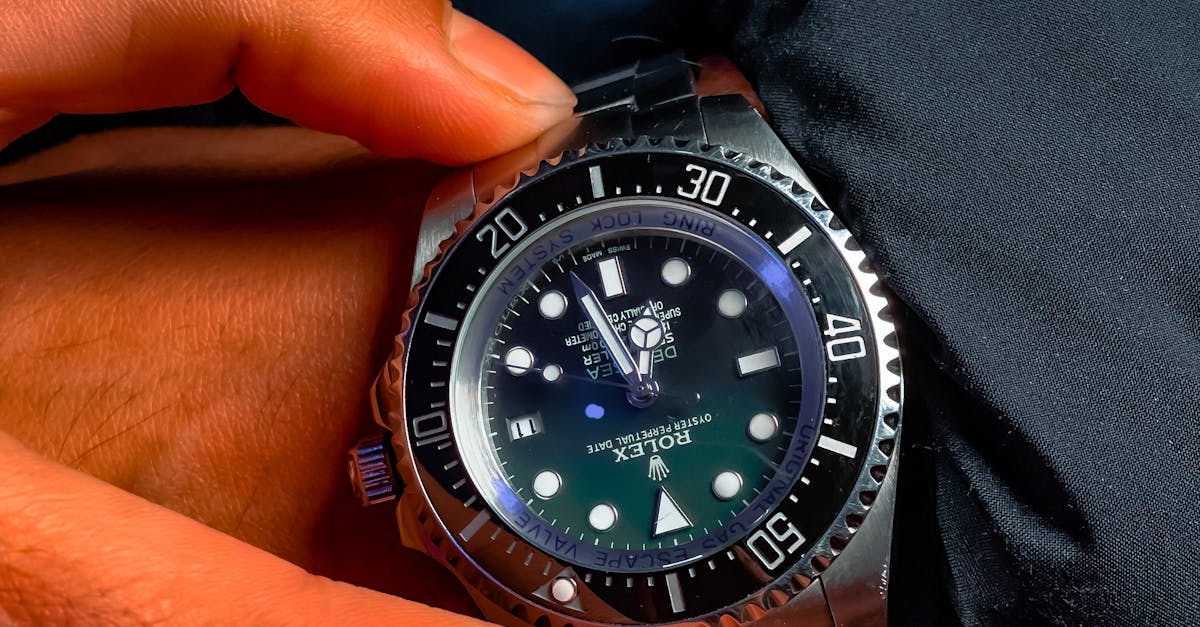Luxury Watches: Tradition Meets Design
In the realm of horology, luxury watches stand as a testament to human ingenuity and artistry. Combining precision engineering with artistic design, these timepieces transcend their primary function of keeping time, becoming treasures that narrate stories through their intricate craftsmanship. But what makes luxury watches such compelling investments and symbols of prestige? Let’s delve into the world where tradition meets modern design.
The Allure of Luxury Watches: A Timeless Investment
Luxury watches are not simply accessories; they are investments in artistry and precision. The allure stems from their unique combination of craftsmanship and design.

Why Invest in Luxury Watches?
- Tangible Assets: Unlike digital stocks or bonds, watches offer a physical presence you can admire and wear.
- Rarity: Limited editions and vintage models often appreciate over time, adding to their investment appeal.
- Status Symbol: Donning a luxury watch speaks volumes about one’s taste and standing.

A Legacy of Excellence: The History of Luxury Watchmaking
Luxury watchmaking has a storied past filled with innovation and tradition. From the advent of mechanical movements to quartz innovations, each era contributed to the evolution of these masterpieces.
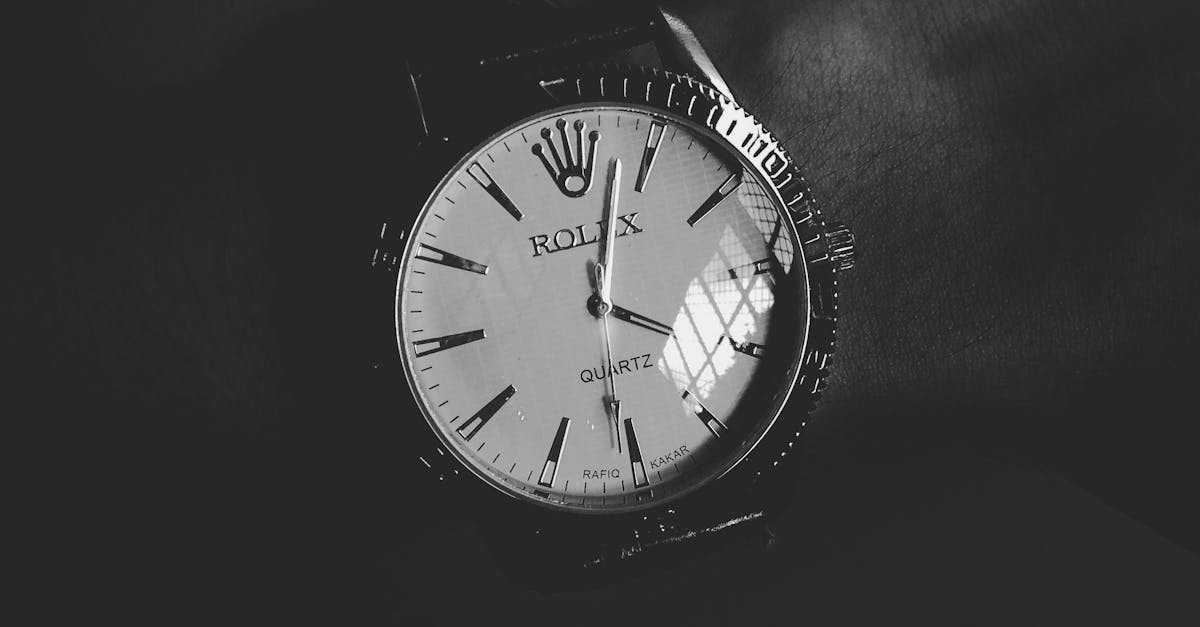
The Birth of Precision: The 16th Century
The journey began in the 16th century, where artisans crafted the foundations of modern watchmaking with complex mechanisms.
The Golden Age of Watchmaking: The 18th and 19th Centuries
This period saw significant advancements, with innovations like the tourbillon enhancing precision and luxury.
The Advent of Modern Watchmaking: The 20th Century
Brands like Rolex, Patek Philippe, and Audemars Piguet emerged as leaders, offering iconic models like the Rolex Submariner.
Unveiling the Masters: Iconic Luxury Watch Brands
The world’s most prestigious brands have shaped the landscape of luxury watchmaking, combining tradition with cutting-edge design.
Rolex: The Epitome of Prestige and Precision
Rolex remains unmatched in its precision and style, with groundbreaking achievements that have set standards in the industry. Learn more about this brand’s legacy here.
Patek Philippe: The Pinnacle of Haute Horlogerie
Known for exquisite craftsmanship, Patek Philippe watches epitomize luxury with their intricate designs.
Audemars Piguet: The Master of Complicated Timepieces
Audemars Piguet combines tradition and innovation, creating timepieces renowned for their complexity.
Decoding the Design: Elements of a Classic Luxury Watch
Every element of a luxury watch is a masterpiece in itself, reflecting both creativity and technical prowess.
The Case: A Canvas for Creativity
The case is crafted not just for protection but to showcase artistry, with materials like gold, platinum, and even ceramic.
The Dial: A Symphony of Symmetry
The dial merges aesthetic appeal with functionality, often featuring hand-painted motifs and patterns.
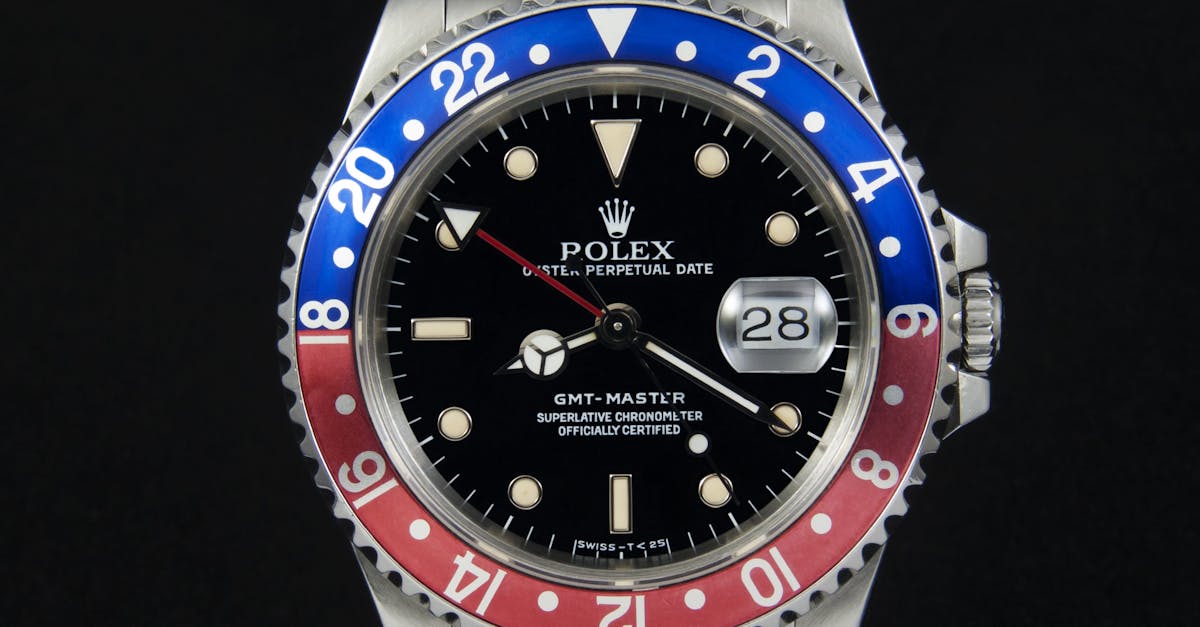
The Bracelet: A Seamless Extension
Bracelets are designed for both comfort and style, using various materials to enhance the overall design.
Beyond Aesthetics: The Mechanics of Precision
At the heart of every luxury watch is its movement—be it mechanical, quartz, or automatic—that defines its accuracy and charm.
Mechanical Movements: The Heartbeat of Time
Highly valued for their complexity, these movements involve meticulous assembly of numerous tiny parts.
Quartz Movements: Precision in Motion
Powered by a battery and quartz crystal, these watches are celebrated for their accuracy.
Automatic Movements: Self-Winding Ingenuity
These watches harness the energy from wrist movements, seamlessly blending convenience with tradition.
The Investment Potential: Luxury Watches as Collectibles
Beyond their beauty, luxury watches serve as valuable collectibles, appreciated for their rarity and heritage.
Rarity and Limited Editions: The Essence of Exclusivity
Limited edition models captivate collectors, ensuring their long-term appreciation as assets.
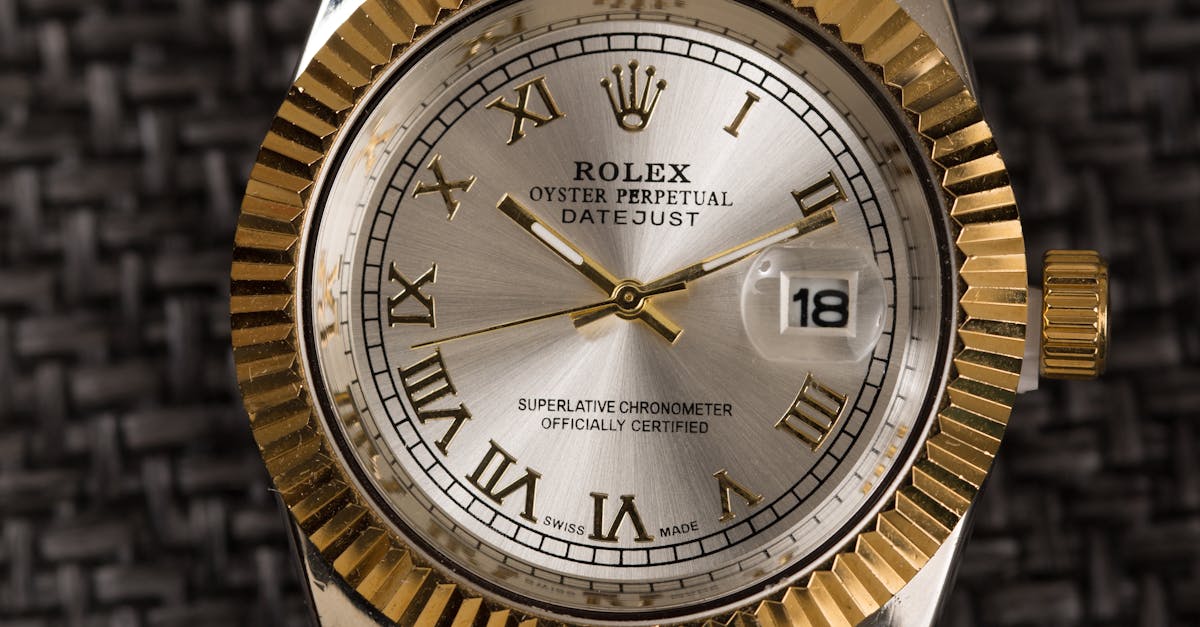
Provenance and Authenticity: Ensuring Value and Heritage
Authenticity and clear lineage add to the value, making these timepieces cherished treasures.
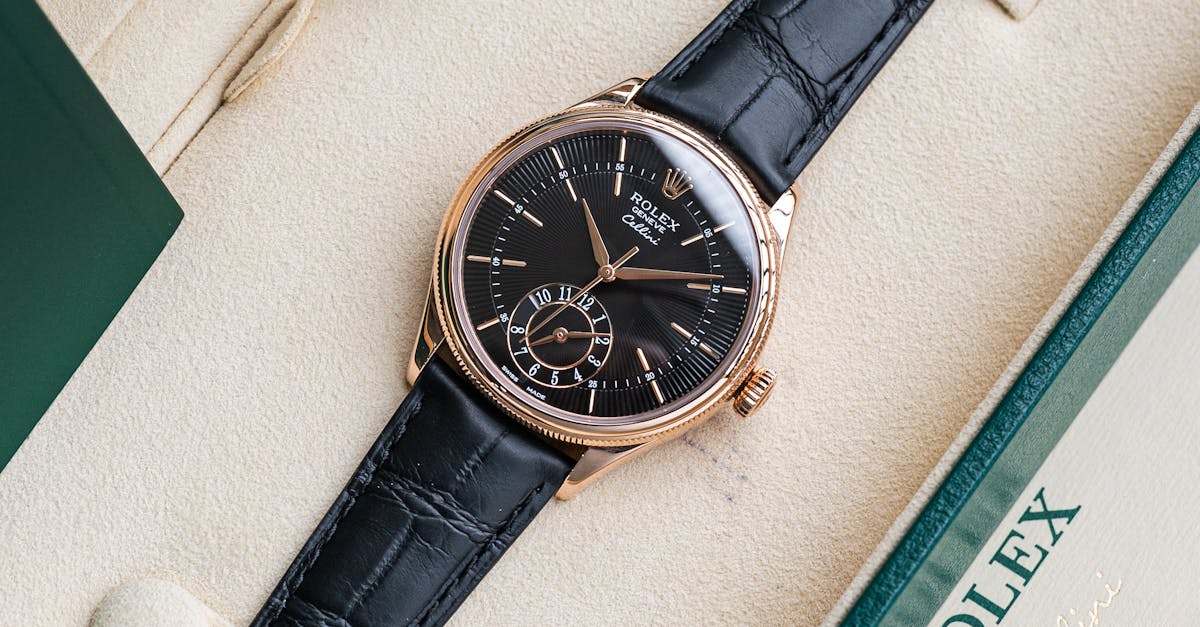
Investing in luxury watches is not merely about owning a timepiece; it’s about appreciating the history, craftsmanship, and innovation they embody—a true reflection of tradition meeting design.
